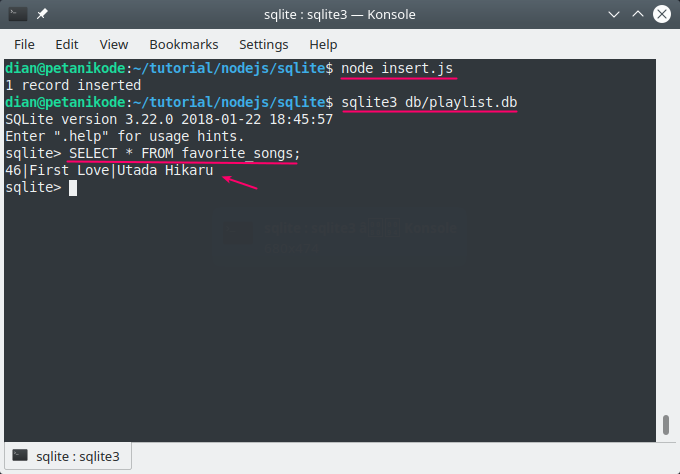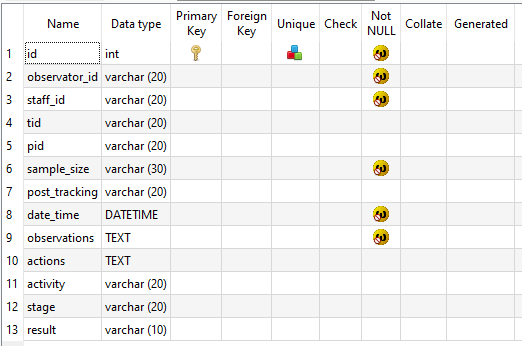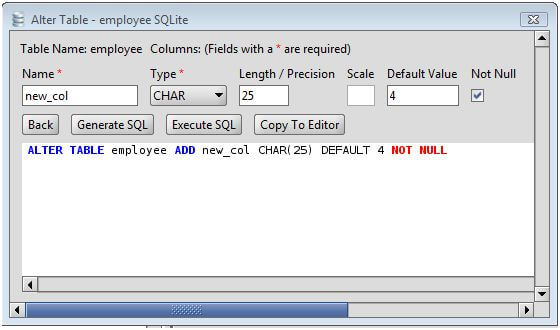
MySQL hase INSERT IGNORE and REPLACE INTO, SQLite has INSERT OR IGNORE for primary key conflicts and ON CONFLICT, PostgreSQL has ON CONFLICT _ DO, SQL Server has IF NOT EXISTS(.) for old versions and now MERGE. INSERT IGNORE is very closely linked with upsert, which is quickly becoming "a thing" in the rdbms world. While the SQL specifics are certainly provider-dependent (just like everything else), its certainly not a concept specific to a single SQL dialect. When attempting to insert data that may already be present in the database without insert or ignore, you basically need to either prepopulate some sort of bloom filter or hash set beforehand and pray you don't run into any coherence issues or else use fine-grained transactions and throw-and-catch lots of exceptions.

we use canned responses for common triage can you explain what your doubts about its suitability for an ORM are? I'm not sure I see the difference between this or other SQL translations.

To ensure we maximize the time we have to work on fixing bugs, implementing new features, etc. While we'd like to spend the time to uniquely address every incoming issue, we get a lot traffic on the EF projects and that is not practical. In fact, a number of popular feature requests for EF have already been implemented in EF Core (alternate keys, batching in SaveChanges, etc.).īTW this is a canned response and may have info or details that do not directly apply to this particular issue.
SQLITE INSERT ON CONFLICT CODE
Larger feature work and innovation will happen in the EF Core code base ( ).Ĭlosing an issue in the EF6.x project does not exclude us addressing it in EF Core. Moving forwards, our team will be fixing bugs, implementing small improvements, and accepting community contributions to the EF6.x code base. This does not mean that we would not consider a community contribution to address this issue. As you will see, while there are five official options, fewer are practical.EF Team Triage: This issue is not something that our team is planning to address in the EF6.x code base. In this chapter, we will examine those five options and see what SQLite does and what the resulting effects are in a Room-based app. However, they may not wind up with different behavior in Room, due to the way that Room works with SQLite. Like FAIL, but continues processing this statement (e.g., if we fail on the 50th row out of 100, keep the changes to the other 99)įor uniqueness violations, deletes other rows that would cause the violation before executing this statement Like ABORT, but accepts prior changes by this specific statement (e.g., if we fail on the 50th row to be updated, keep the changes to the preceding 49) ValueĬancel this statement but preserve prior results in the transaction and keeps the transaction alive Each of those OnConflictStrategy values maps to an equivalent SQLite keyword, and each of those strategies results is different behavior in SQLite. Room gives you five OnConflictStrategy enum values to choose from for your onConflict property.


A NULL value being put into a NOT NULL column.A unique index, including a duplicate primary key.
SQLITE INSERT ON CONFLICT UPDATE
For and methods in your you can have onConflict properties in the annotations that stipulate what should happen if the insert or update results in a violation of a few types of constraints:


 0 kommentar(er)
0 kommentar(er)
